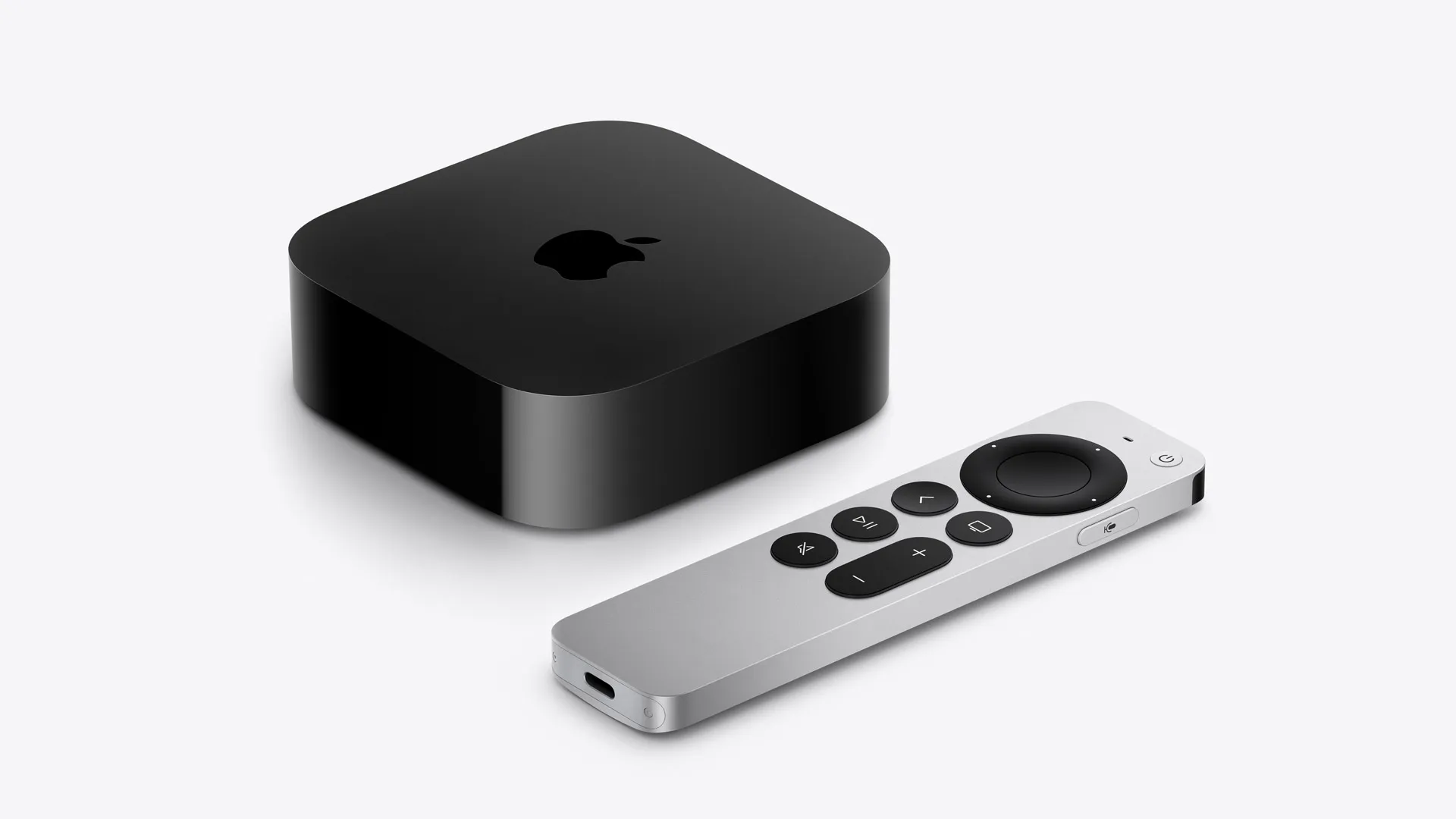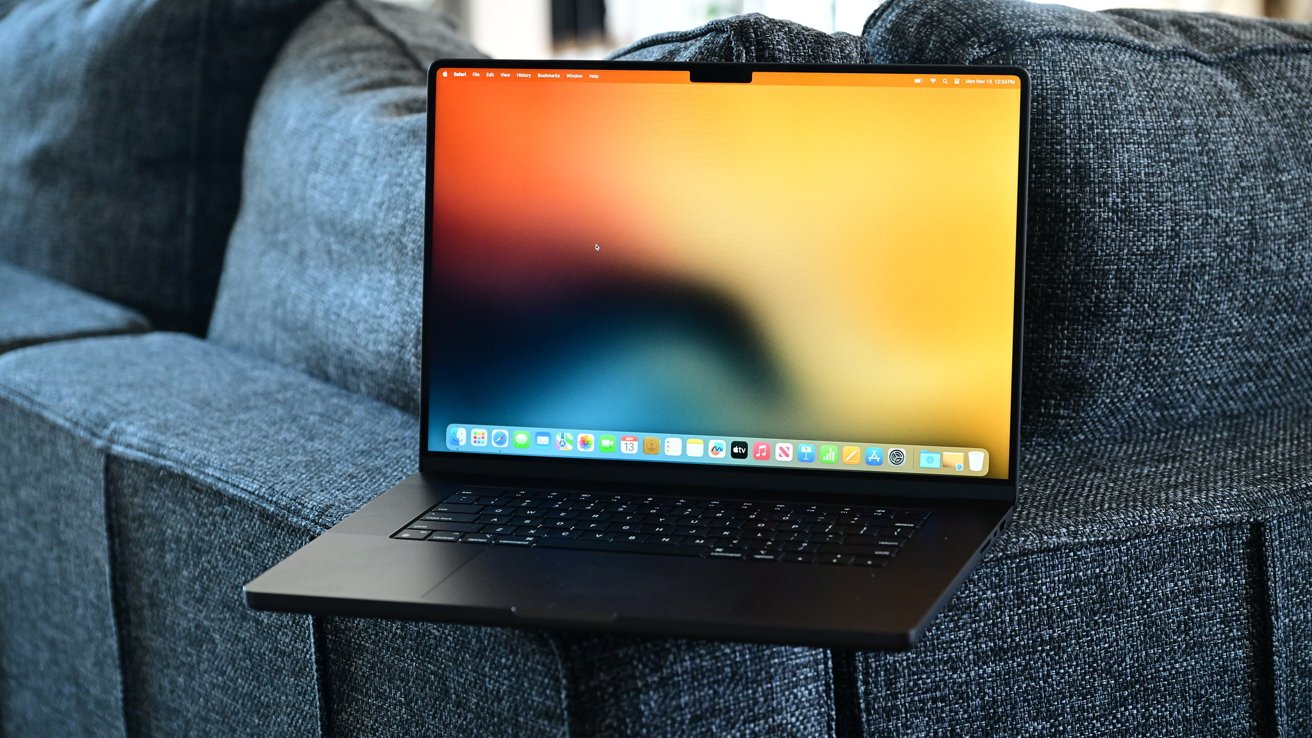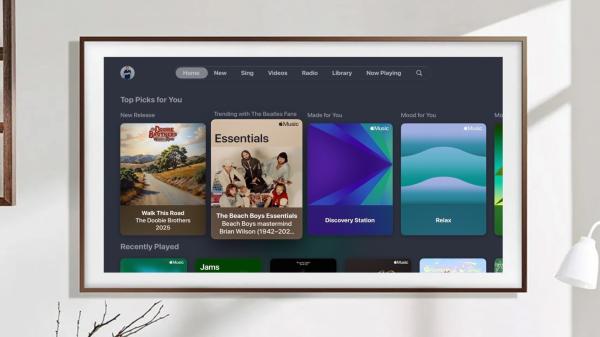Game streaming systems like Google's Stadia are in many ways ingenious products. Their systems operate by allowing players to enjoy cutting-edge titles on the go, beyond the capacities of what mobiles or tablets could usually accomplish. The idea is solid, but in action, the changing technological ecosystem could present hurdles for their long-term survivability. Looking at some of the reasons for this, and the examples that show the problems in action, we want to explore if game streaming could soon go the way of the digital dodo.
Promise Meets Reality
The core promise of game streaming is that by streaming games as a device would be doing with a video, a host system doesn't need to meet a title's original requirements. Instead, the majority of the processing is completed off-site, and the user only affects input. This input is sent back to the server, which returns the updated game state. By maintaining the process back and forth, an equilibrium is reached, like a more advanced version of correspondence chess.
Facilitating the significant quantity of data that this process requires are the vast leaps that have been made in recent years in the realm of internet speeds. From what used to be a standard of 56 Kbps over dial-up before the new millennium, modern 5G and home fibre speeds can easily reach over 100 Mbps. Combined with lower latency, delivering game experiences in near real-time has never been easier.

The issue for streaming services comes from the fact that it's not just internet speeds that have been increasing, processing power has also come along for the ride. While Moore's law might not be as concrete as once thought, the general idea of vastly increasing processing capacity has still held for mobiles and tablets. Over time, this means more and more games are playable easily on mobile systems at high quality, and history is full of examples of this process in action.
A History of Proof
Before the popularization of the smartphone with Apple's iPhone in 2007, games on mobile systems were extremely limited. Simple displays and low performance meant that the likes of brick games such as Tetris were about as complicated as the systems could hope for. After the release of the iPhone and iPad, this began to change.
One of the most popular examples, which remains successful today, comes from the arrival and ongoing success of digital casino games like free online slots. While not possible on earlier mobiles, these newer games like Triple Diamond and Siberian Storm play just as well on contemporary phones as they do on desktops and laptops. A case of promise attaining viability, this new avenue helped revolutionize the online casino industry.
Similar claims could also be found in video games, with titles like Angry Birds or Plants Versus Zombies. These types of simple games had already been huge hits on desktops and laptops for years by the time smartphones arrived on the market. With a more convenient way to play that was arguably even better suited to the casual genre than larger systems, this form of interactive entertainment again excelled. Today, mobile video games make up more than 50% of the gaming market and are expected to be worth $139.5 billion by 2026.
This idea of improved technology allowing more games to be hosted natively on mobile platforms further permeates more traditional gaming titles with each new generation. Games like CoD: Mobile, for example, perfectly capture the desktop gaming experience on smartphones, and more games continue to make the jump. Eventually, the games that used to need an outside server to run on mobiles will be able to run on the systems themselves. Bolstered by the fast download speeds of fibre and 5G, the need for game streaming will inevitably decline.

As for how long this could take, and to what degree game streaming will diminish, that much is more difficult to answer. Though we would expect every game to run on mobile eventually, the gap between release on desktop and arrival as native mobile games will always exist. That said, with more developers taking the smaller indie route with less demanding titles, proportionally more games should release simultaneously on consoles, desktops, and mobile systems.
iPhones and iPads are already powerful gaming machines for those inclined to interactive entertainment, and as the 20s advance, expect this reality to become even more pronounced. Whether you own a flagship phone or an older model, your choices will be greater than ever, and you won't need a game streaming subscription to get the best bang for your buck.

















